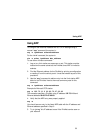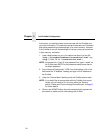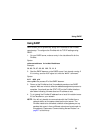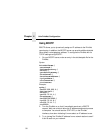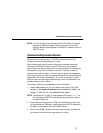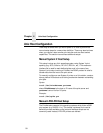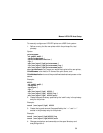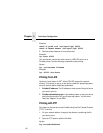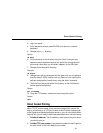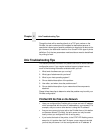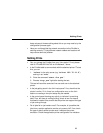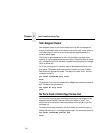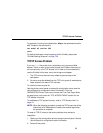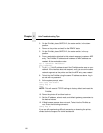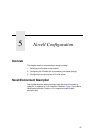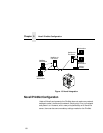
Direct Socket Printing
61
3. Log in as “root”.
4. At the password prompt, press ENTER since there is no default
password.
5. Change to the
dest
directory.
Syntax:
cd dest
6. List the contents of this directory using the “dir” command and
determine which destination/queue you would like to send the print
job through. Most likely you will select “
d1prn” for the PRN port.
7. Change to this destination directory.
Example:
cd d1prn
8. Change the mode to correspond with the type of file you are going to
print. By default, ASCII is set for text-only files but if you need to print
both text and graphics, select binary using the “
bin” command.
9. Place the file to be printed within this directory on the PrintNet so it
can be spooled and printed.
Syntax:
put
filename
10. Close the FTP session, unless you have more jobs to print.
Syntax:
quit
Direct Socket Printing
Within TCP/IP environments, there are some setups which require the
host to print directly to a TCP port number on the PrintNet, bypassing all
of the higher level destination/queue names. If you run into a setup which
requires this, you will need to define two parameters for a new print setup:
1. PrintNet IP address. The IP address or host name of the print server
you want to print to.
2. PrintNet TCP port number. A pre-defined number for the I/O port on
the print server. 9100 is the default port number.



